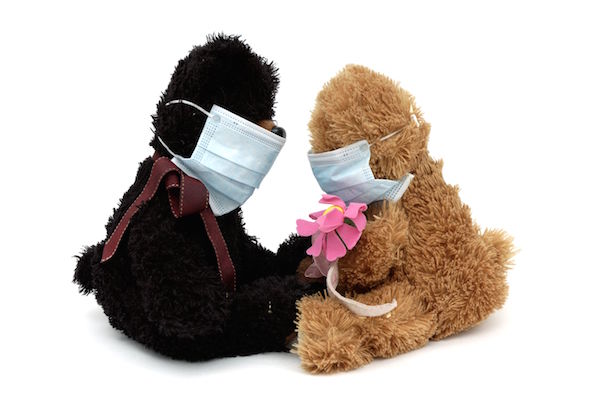
THURSDAY, Aug. 16 (HealthDay News) — Chickenpox cases in the United States dropped almost 80 percent between 2000 and 2010 in 31 states following routine use of the varicella vaccine, the U.S. Centers for Disease Control and Prevention reports.
Updated figures published by the CDC Thursday also show that in the four years after a two-dose vaccine was recommended for children in 2006, cases of chickenpox declined about 70 percent. The biggest drop occurred in children between the ages of 5 and 9.
“This is one of our success stories,” Dr. Charles Shubin, medical director of the Children’s Health Center of Mercy FamilyCare in Baltimore, said when earlier figures were released last year.
The number of states with adequate chickenpox reporting systems jumped from 12 to 31 between 2000 and 2010, allowing the CDC to better monitor the effectiveness of the vaccine, introduced for routine use in the United States in 1996, the agency said.
In those 31 states reporting, incidence of chicken pox dropped from 43 cases per 100,000 population in 2000 to nine cases per 100,000 in 2010, the CDC said.
“State varicella surveillance data reported to CDC are now adequate for monitoring national trends in varicella incidence,” the agency said in this week’s issue of Morbidity and Mortality Weekly Report. But, only with information from all 50 states can health officials paint a complete picture. “Continued strengthening of the surveillance system and participation from all states is needed to monitor fully the impact of the routine second dose of varicella vaccine,” the researchers said.
Symptoms of this common infectious disease include an itchy rash on the face, scalp or trunk, fever and headache. Most cases are mild, lasting five to 10 days, but some people become seriously ill. Adults typically become sicker than children.
In 2010, four chickenpox-related deaths were reported, but none of those were patients known to have had the varicella vaccination, the CDC said.
The CDC recommends that children get two doses of varicella vaccine — the first dose between 12 and 15 months of age, the second between 4 and 6 years of age or at least three months after the first dose.
Teenagers and adults who have not had chickenpox or the chickenpox vaccine should also get two doses, at least four weeks apart.
Initially, just one dose of vaccine was recommended. As two-dose vaccination increases, the CDC expects to see further declines in chickenpox. While some people may still develop the virus after vaccination, those breakthrough cases tend to be mild, the agency said.
More information
To learn more about chickenpox vaccination, see the U.S. Centers for Disease Control and Prevention.

